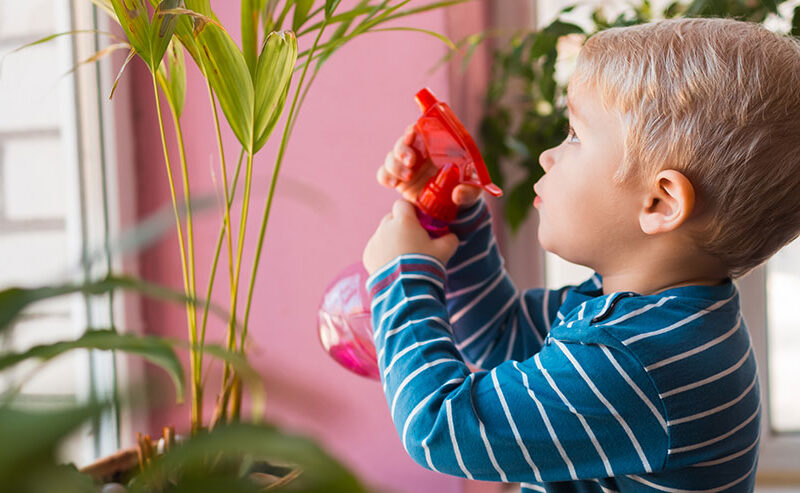What does the new AAP policy say about screentime for babies?
What does the new AAP policy say about screentime for babies? https://mediatrics.com/wp-content/themes/corpus/images/empty/thumbnail.jpg 150 150 Mediatrics Mediatrics https://mediatrics.com/wp-content/themes/corpus/images/empty/thumbnail.jpgOn Monday, the American Academy of Pediatrics came out with a revised policy on media for kids two and younger. The recommendations for this age group are much the same as they were in 1999—that it is best for their developing brains and bodies to avoid both screen use (such as placing a toddler in front of a TV or video) and background media (such as leaving the TV on in the same room where a baby is playing)—but there is new scientific evidence to support these recommendations.
We already knew that newborn brains develop in response to whatever is in their environment. New research from the past 12 years suggests that interacting with people, exploring the physical world (like stacking blocks or “reading” board books), and playing in open-ended ways are great for that development. And no matter how “educational” their content, screen media can’t provide that kind of environment.
That said, screen media aren’t toxic for babies—they’re just not really what they need. And other kinds of media, like music and books, can be great for kids of this age group. The updated AAP policy statement also recognizes that there are good screen media options for preschoolers, whose brains have developed to the point where they can learn from electronic screens.
The reality, of course, is that sometimes you just need get the laundry done or get dinner on the table, so you need a way to occupy your baby or toddler. While you’re taking care of the business of life, try some of these non-screen activities that can occupy and optimize their brain development.
Enjoy your media and use them wisely,
The Mediatrician®




